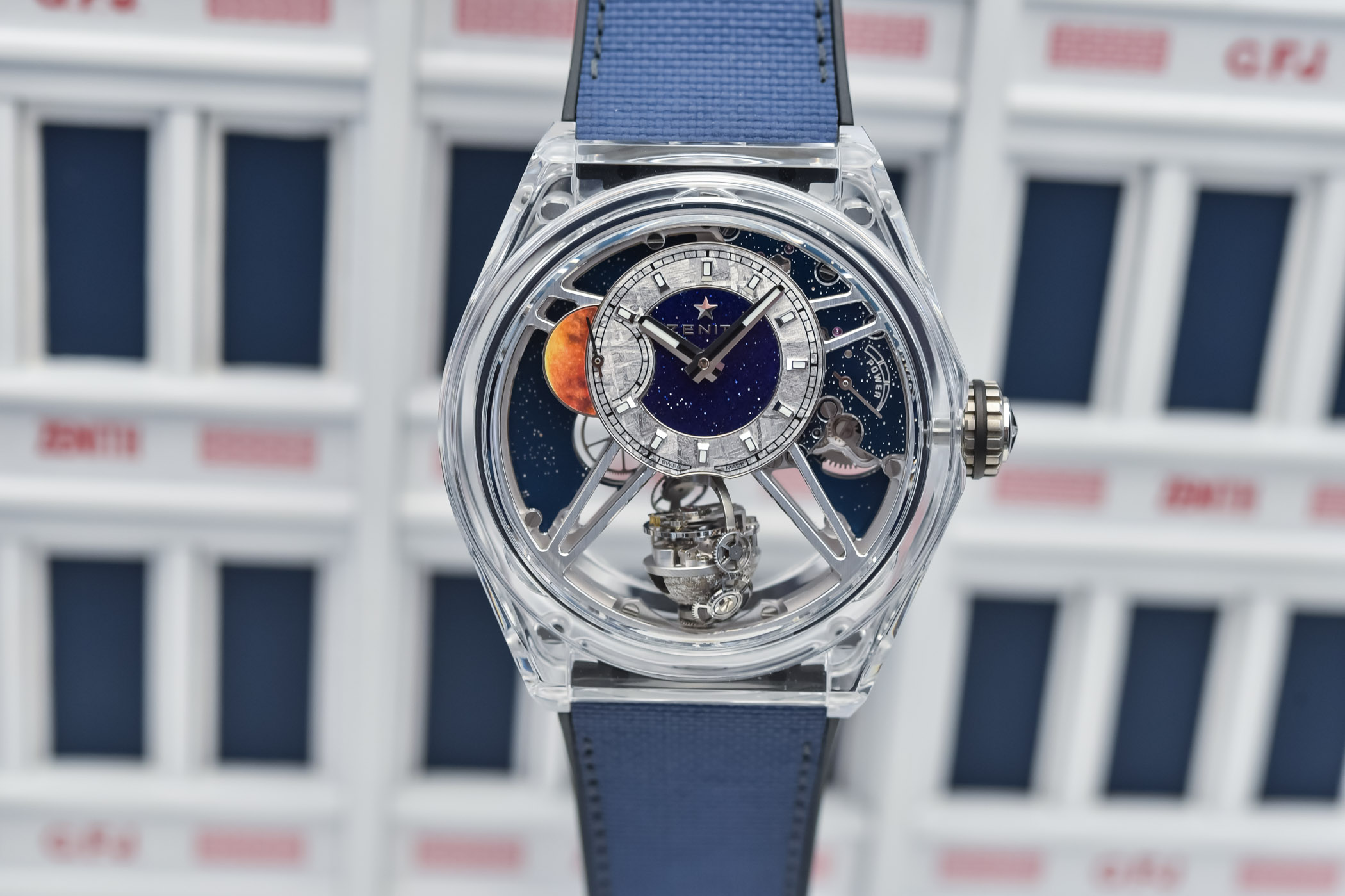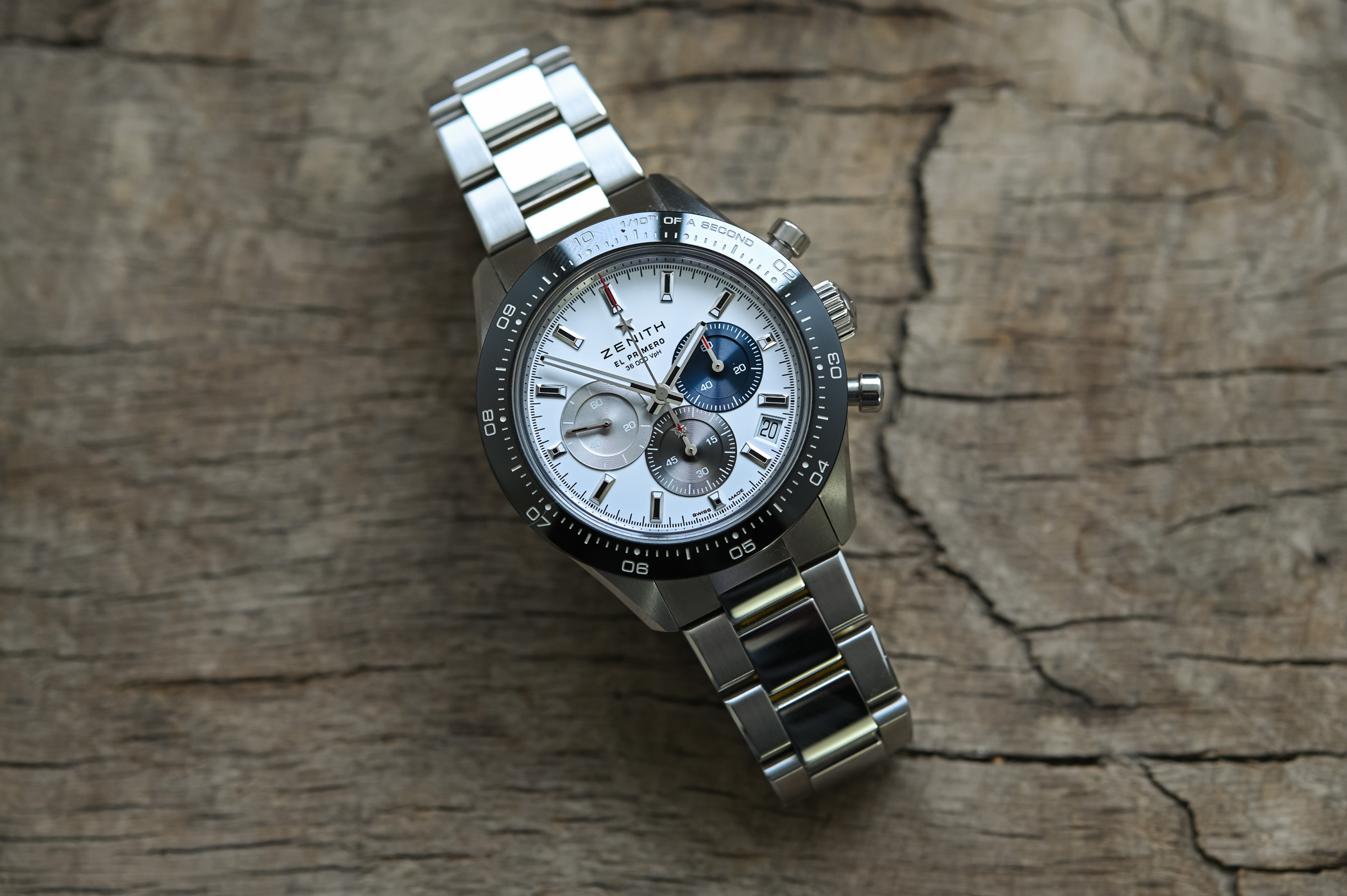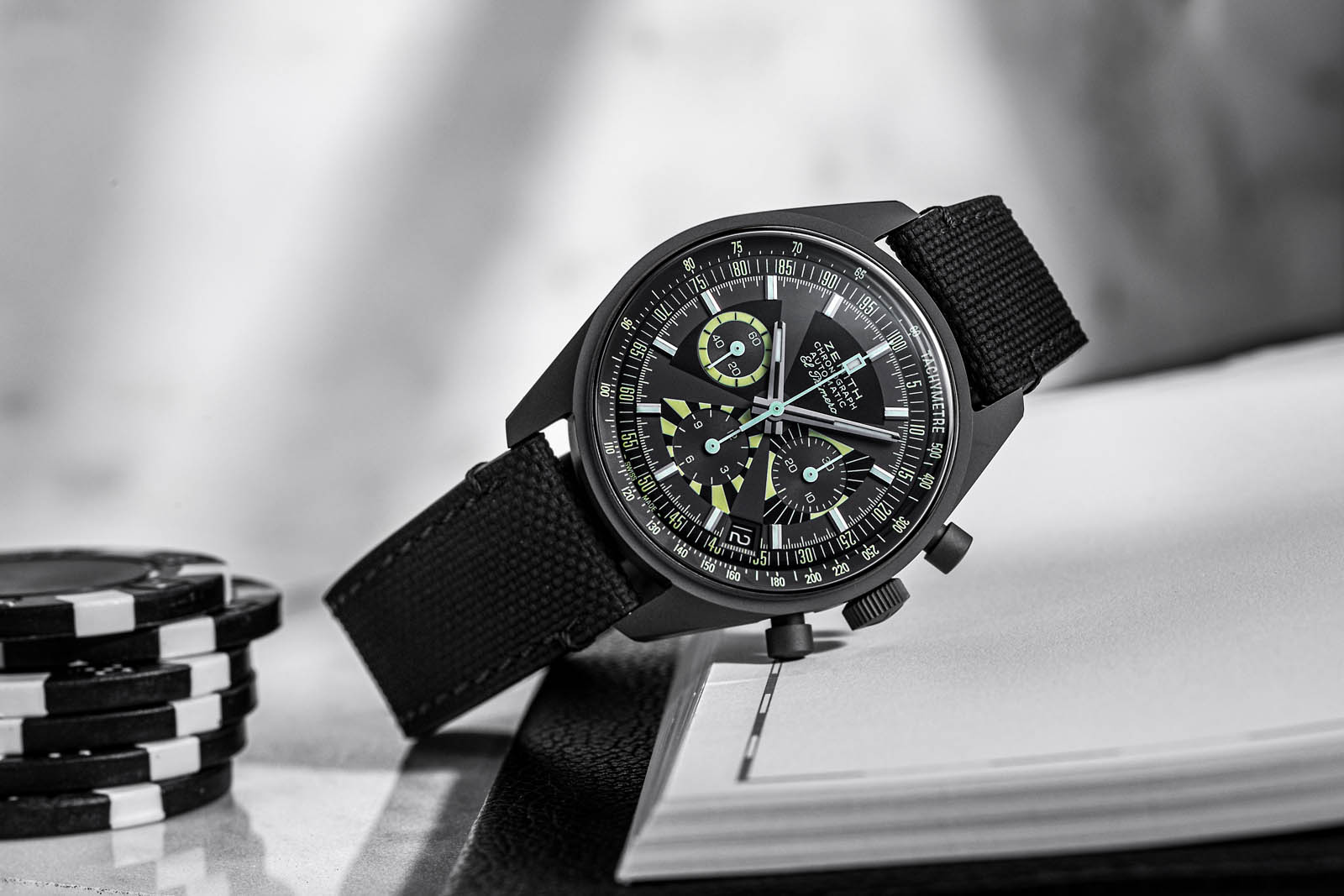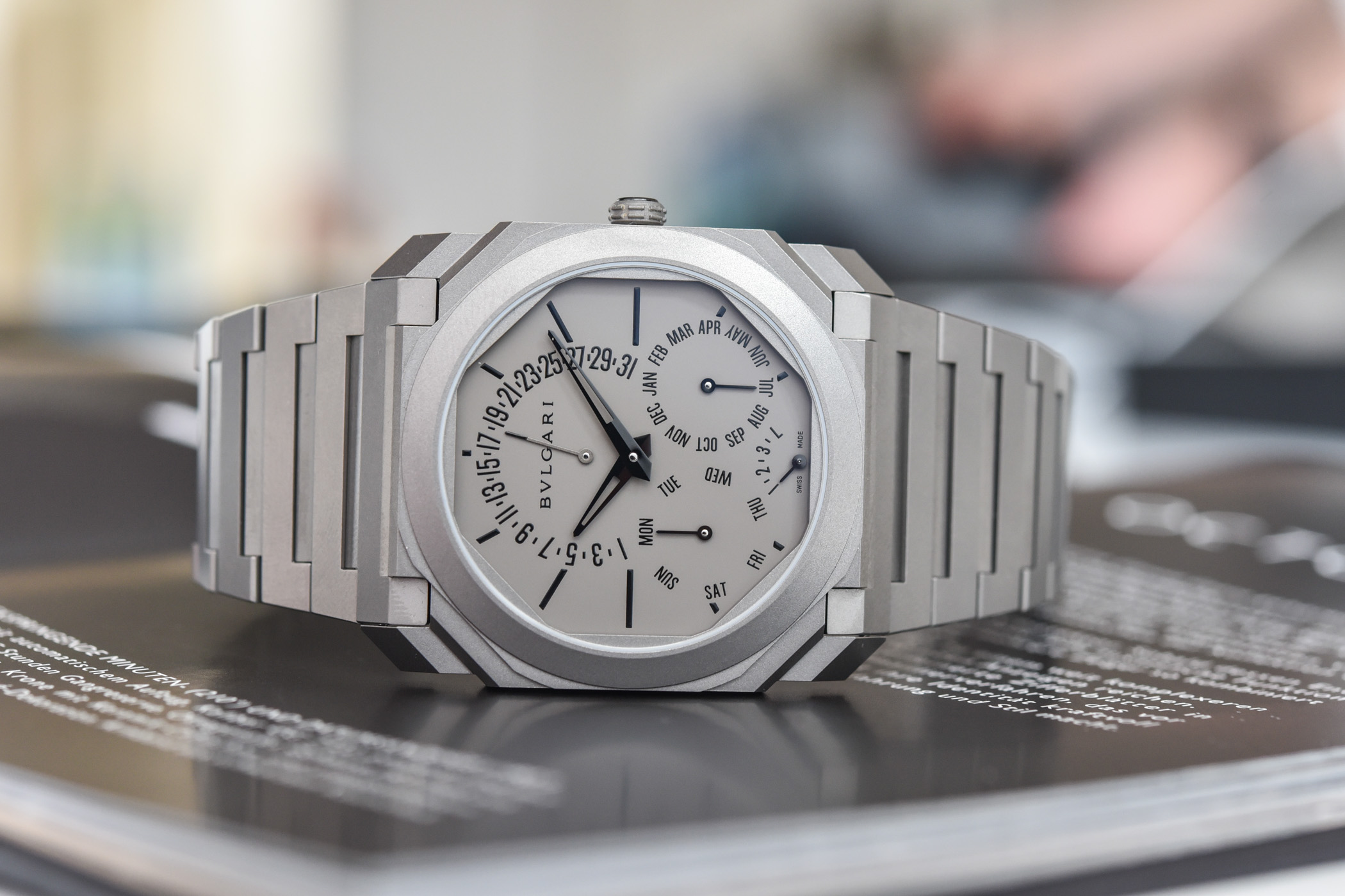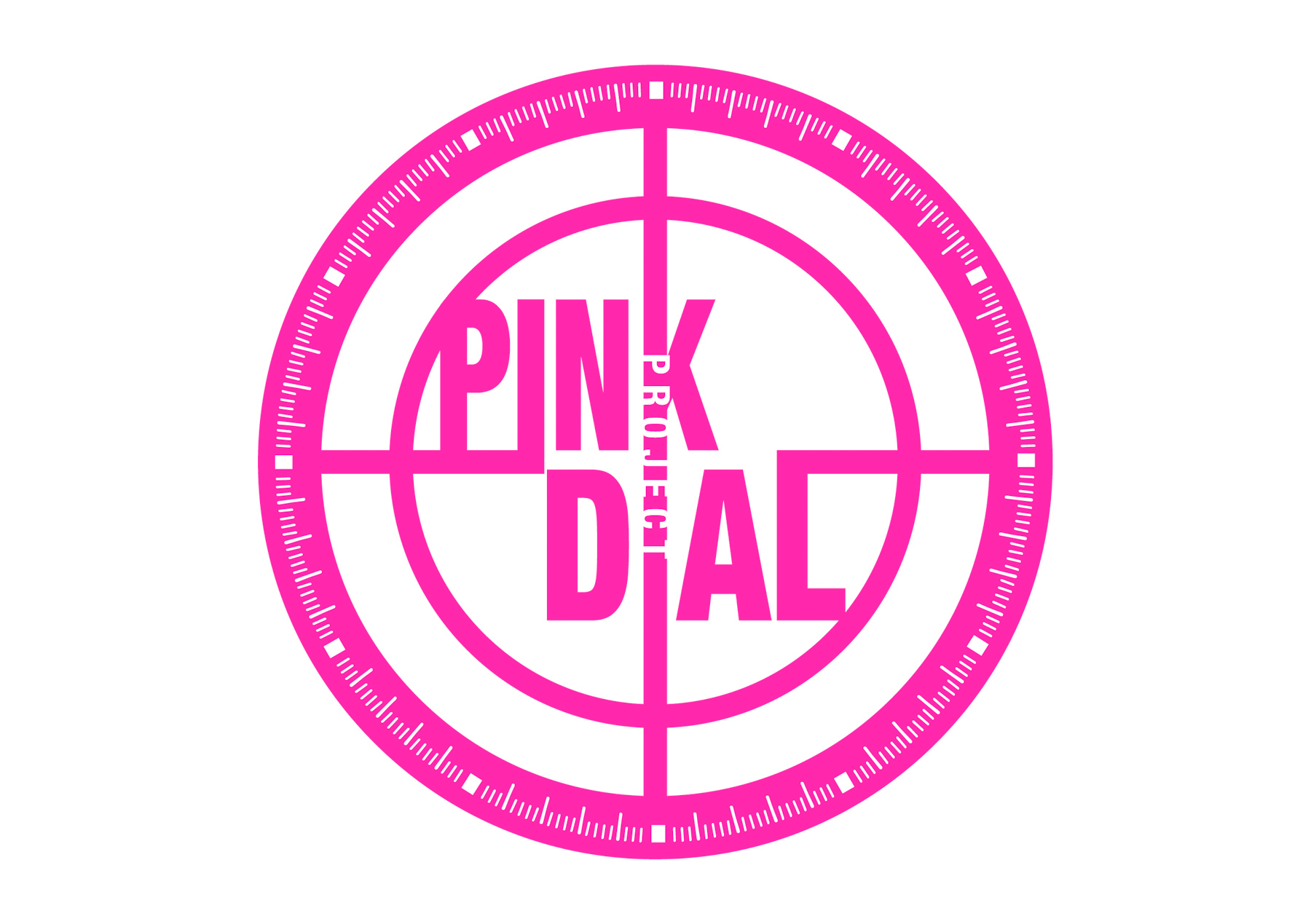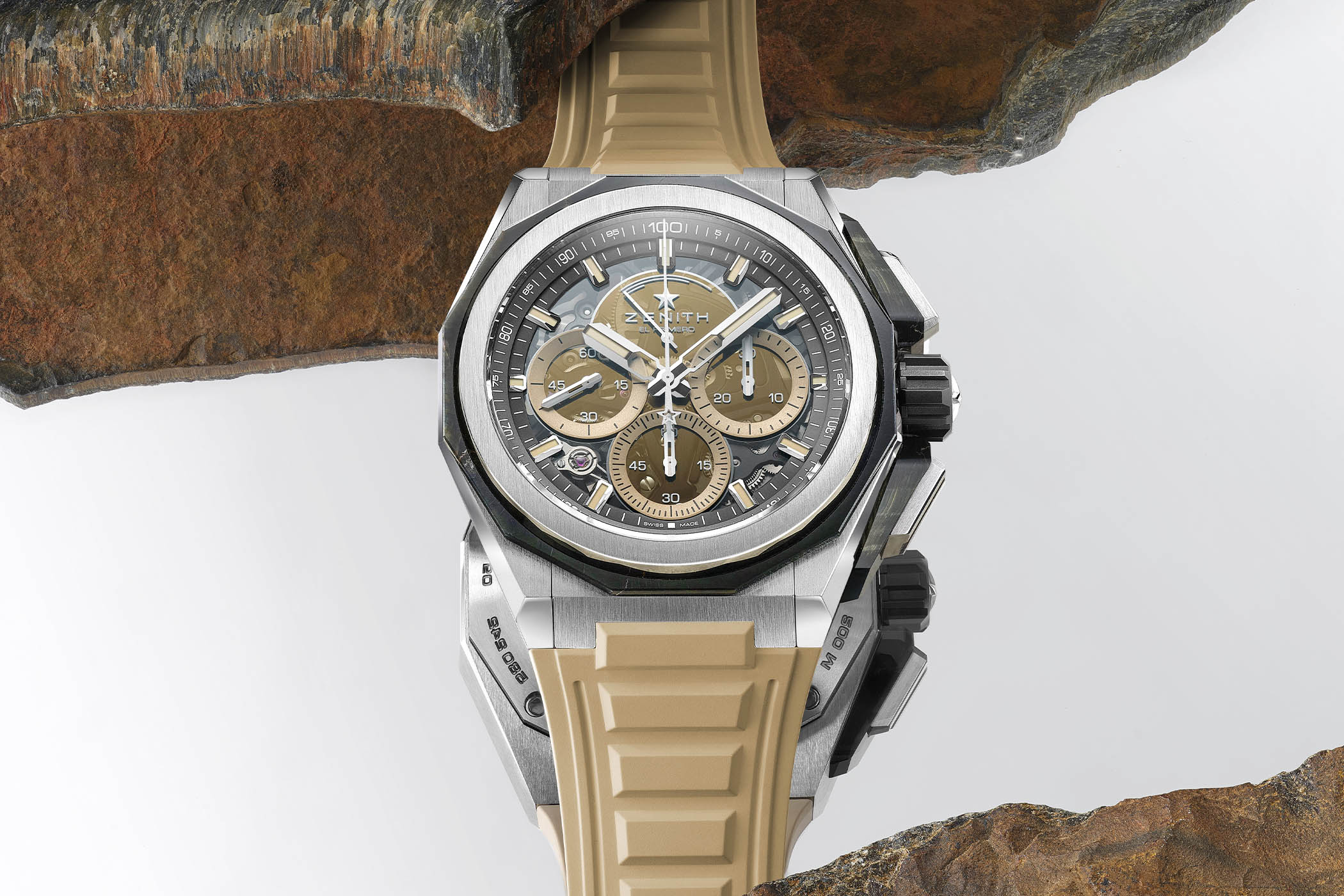Zenith
Swiss luxury watch manufacturer

Zenith was founded in 1865 by Georges Favre-Jacot in Le Locle, in the canton of Neuchâtel, Switzerland. He brought all the major watchmaking professions under one roof (movement, dial, case makers) and is considered one of the first to develop the concept of a Manufacture. Among the most famous owners of a Zenith piece is Mahatma Gandhi, who carried a pocket watch with an alarm complication (which sold at auction in 2009 for approximately USD 2 million). In 1899, Zenith launched its first chronograph pocket watch and a year later, Georges won the gold medal at the Paris Universal Exhibition. In 1911, the company officially branded itself as Zenith, meaning the highest point reached by a heavenly body in the sky. Its logo is a guiding star. By 1925, the brand employed 1,000 people and was nicknamed “the Manufacture with 2,000 gold and silver hands". Zenith was acquired by French luxury goods conglomerate LVMH in 2000, which owns other watch brands such as Bvlgari, TAG Heuer and Hublot. Julien Tornare, formerly with Vacheron Constantin, is the current CEO.
Zenith has many famous movements under its belt, starting with the Calibre 135 from 1948. Developed by watchmaker Ephrem Jobin with the goal of creating a 30mm calibre to meet the standards of the Neuchâtel Observatory competition, the chronometer went on to win over 200 prizes, including five consecutive Neuchâtel Observatory chronometry prizes from 1950 to 1954. The movement used a large barrel and oversized balance to enhance precision, requiring a special design to accommodate the changes. For example, the minute wheel was offset from the central axis to make room for the enlarged balance. The Calibre 135 had 19 jewels and beat at 18,000vph (2.5Hz), and 11,000 units were made through 1962. Interestingly, this movement was later copied by the Soviet Union (with three additional jewels added) and became the only chronometer-grade calibre they were able to produce.
In 1960, the large 50mm Calibre 5011K set a record-breaking precision standard in its category and was used to power marine chronometers, pocket watches and table clocks. It was also used in the Pilot Montre d’Aéronef Type 20 in limited quantities (from about 350 unused movements). In 1967, it was the most accurate movement ever tested to date by the Neuchâtel Observatory.
In 1969, the legendary El Primero launched as the first ever integrated automatic chronograph movement (36,000vph – 5Hz) and is still the most precise series-made calibre today, able to measure short time periods to a tenth of a second. The calibre is seen in many watches throughout Zenith’s current portfolio. During the quartz crisis of the 1970s and 1980s, Zenith ceased production of mechanical calibres and produced only quartz watches, leading to a desperate measure by one watchmaker to preserve the company’s history and capabilities. Charles Vermot took the extreme step of hiding the plans, parts and tools needed to produce Zenith mechanical movements to avoid possible loss or destruction. They remained unseen for almost a decade until he eventually returned them to the company, which once again began production of the El Primero calibre. This legendary movement is still produced today.
Pilot’s watches are among the most recognisable of Zenith’s collection and they’ve been in production since the birth of aviation. In 1909, French aviator Louis Blériot wore a Zenith pilot’s watch when he became the first pilot to fly across the English Channel. His watch had a black enamel dial with oversized white Arabic numerals, and a large onion crown to set the time with gloves. The company supplied more than just watches for aviation, producing the Montre d’Aéronef Type 20 clock in 1939 for French aircraft (integrated into the instrument panel) and even cockpit instruments like altimeters in the early 1900s. In 2012, the company reissued the Zenith Montre d’Aéronef Type 20 as a limited edition of 250 with the hand-wound 5011K movement (in the form of a massive 57.5mm wristwatch), which sold out almost immediately – even before its official introduction at Baselworld 2012.
Zenith has focused on precision excellence since its founding with some of the most accurate chronometers in the world, receiving more than 2,300 timekeeping precision awards since the start of the twentieth century (more than any other brand). The company remains on the same premises in the town of Le Locle (listed as a UNESCO World Heritage site) where it built the world’s first watch Manufacture in 1865. During modern renovations, Zenith has obsessively preserved the historical architecture of its buildings, now numbering eighteen. The brand remains one of the true pioneers of chronometry with 80 métiers involved in the production of timepieces.




